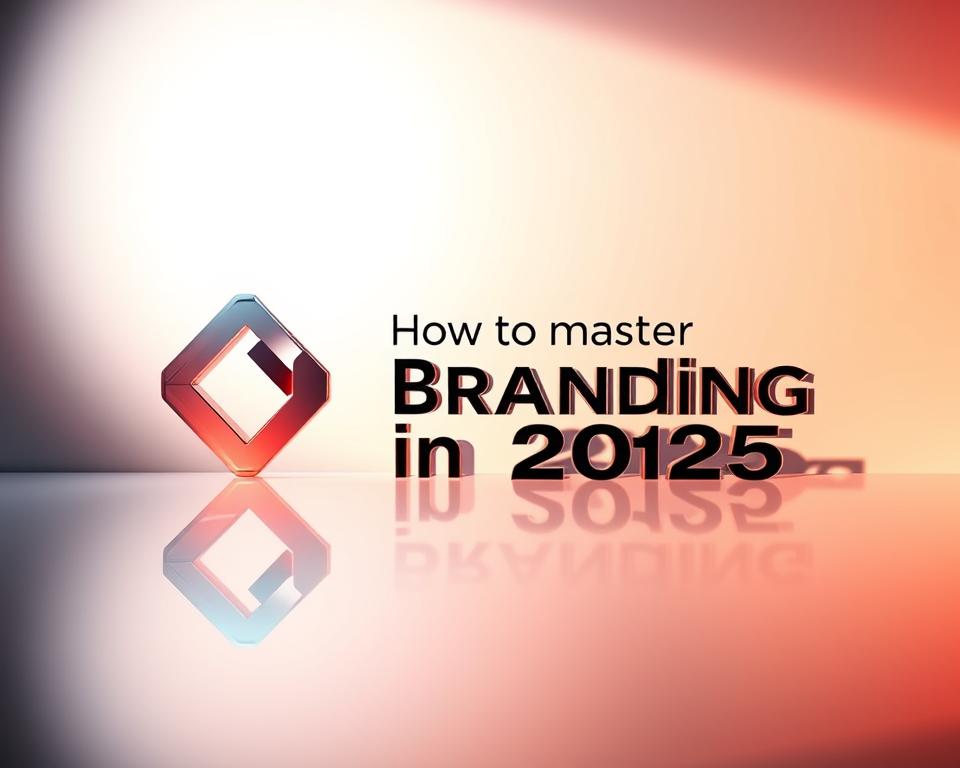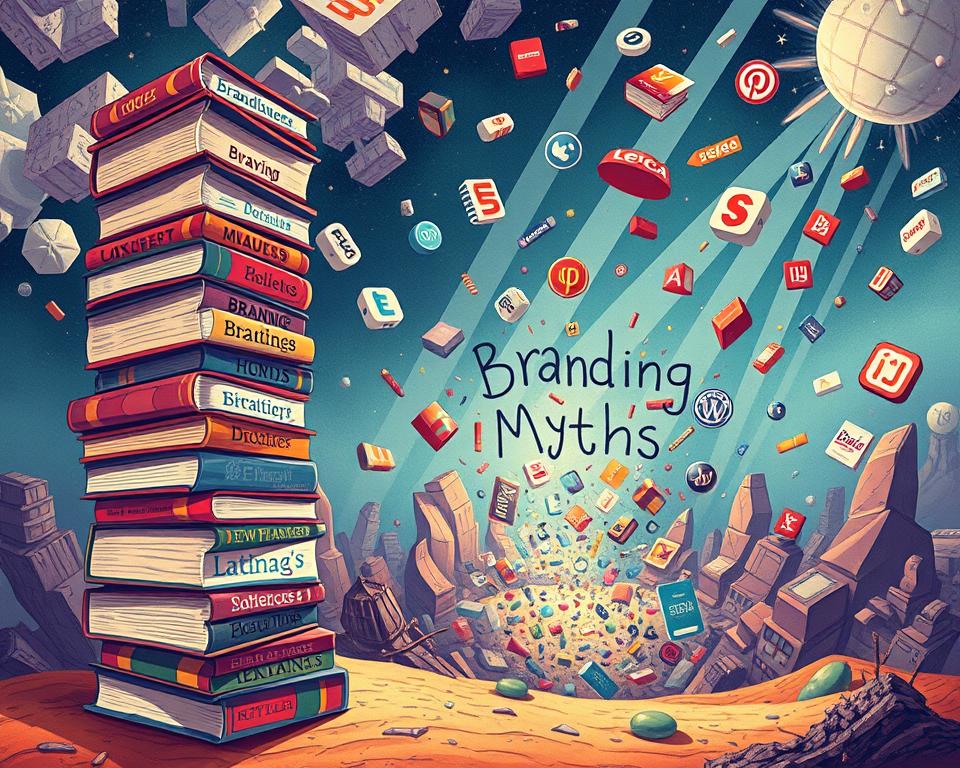Anúncios
If your brand feels out of step with customers, small choices may be why. In the U.S. market, teams often balance creative ambition with compliance and realistic expectations, and that tension shapes how people respond to change.
This brief guide treats the topic as strategic advice, not a guarantee. You’ll get practical lessons that protect identity assets, lower risk, and preserve trust across paid, owned, and earned media.
Expect clear examples from recent years, decision checklists, and testing tips that fit your company today. We refer to known cases like Apple and Coca-Cola to show what can go wrong and what smarter strategy can look like.
Read on to learn how to align internal enthusiasm with audience reality so customers feel considered, not surprised, when you update logo, design, or service cues. Small, staged experiments will help you learn fast and keep loyalty intact.
Introduction: Why branding mistakes still happen—and what you can learn from them
Change that lacks guardrails often creates avoidable friction with customers and costs value fast.
Anúncios
You came here to understand common branding mistakes that affect U.S. companies and find practical strategy ideas you can use without disrupting the business overnight.
Search interest now focuses on relevance, guardrails, and how a brand can evolve amid new media and technology. Past missteps teach you how people react and where value is at risk.
Use short feedback loops—soft launches, social media listening, and staged rollouts—to catch early signals before changes cascade. That approach helps your marketing team prepare messaging and anticipate customer questions.
Anúncios
- Document approvals and compliance checks up front.
- Create escalation paths for social media and earned media responses.
- Plan timelines that match your company’s resources and expectations.
Responsible choices and simple scenario planning let you protect image and value while still moving with confidence in a fast market.
Know your audience or risk missing the mark
Good strategy begins with research that uncovers what your audience actually cares about. Start with short qualitative interviews and concept screens to learn how people describe needs and make choices. These insights guide tone, benefits, and the product cues you test.
Research before creative: qualitative and in‑market validation
Use qualitative work as direction, not proof. Follow with in‑market validation—A/B pilots, geo tests, and limited offers—to see how customers behave when it counts.
Avoid the echo chamber: diverse focus groups and cultural sensitivity
Build panels that reflect age, region, and cultural backgrounds. Diverse feedback stops your team from assuming people share the same priorities.
Case in point: McDonald’s Arch Deluxe and alienated diners
The Arch Deluxe showed how tone can alienate the very audience you target.
- Define a clear research brief: what promise you test and which signals matter.
- Feed findings into creative briefs so strategy, copy, and visuals align.
- Close the loop with frontline feedback to refine product and message quickly.
Visual identity pitfalls: logos, packaging, and in-store realities
A small logo tweak can break quick recognition and shift customer choice on the shelf. You need to treat visual updates as behavioral tests, not pure aesthetics. Changes that strip familiar cues can reduce trust and value fast.
When logo changes backfire: loyalty and recognition risks
When you change a logo without a clear memory cue, you may see immediate signals: lower sales velocity, confused shoppers, and questions about whether the product itself changed. Gap’s 2010 logo reversal shows how attachment to long‑held symbols can trigger swift backlash and media attention.
Packaging on the shelf: Tropicana’s 2009 example
Tropicana replaced the iconic orange-with-straw with a minimal glass image and made variant labels harder to read. Within weeks sales fell roughly 20%, and the company restored the original design.
Shopper behavior matters: readability and wayfinding
Test pack readability at six to eight feet and confirm variant clarity under store lighting. Wayfinding must work in cold cases, on crowded shelves, and with glare from overhead lights.
Practical guardrails: test, iterate, and protect core memory cues
Preserve at least one non‑negotiable cue—a color, symbol, or wordmark form—so customers retain fast recognition. Pilot new packaging in matched stores and run A/B tests to measure unit sales, repeat purchase, and complaint volume.
- Set clear rollback triggers: sales drop thresholds, sentiment rises, or spikes in customer contacts.
- Monitor social media and set escalation paths; feedback can accelerate both risk and insight.
- Document decision criteria so a reversal, if needed, is fast and justified.
“Design that ignores shelf reality risks undoing years of built trust.”
Positioning and messaging errors that confuse or offend
Positioning errors often start when a product talk overshadows the real value people get. You want your audience to know why your product matters in daily life, not just what it does.

Features vs. benefits: TiVo’s gap
TiVo led with tech details while competitors framed DVRs around solving scheduling headaches. That left room for rivals to own the relatable story.
Tone issues: when clever becomes condescending
Be careful with wit. Clever language can feel dismissive if it implies people are using your brand the “wrong” way. Calibrate tone in copy, ads, and onboarding.
Sensitive themes: authenticity matters
Cause-related work needs clear alignment with your identity and proof points. Pepsi’s 2017 ad shows how trivializing real issues can spark quick backlash and harm trust.
- Lead with benefits: state why it helps, then show how it works.
- Pre-test messaging: stress-test across segments and media, and monitor social media early.
- Set red lines: topics you will not use to protect image and loyalty.
Fix a message fast if it offends: acknowledge, correct, and share steps to prevent a repeat.
Brand stretch and portfolio strategy: knowing where your brand can credibly go
Not every successful product makes a natural step into a new category — and that gap costs brands real value. You need a clear process to assess stretch and protect equity before you launch a new product or rename a line.
Category fit and mental availability
Map the associations your brand owns and test whether a new market matches those cues. Colgate’s brief move into frozen entrees in the early 1980s clashed with strong oral‑care associations built over years and was withdrawn.
Run simple fit tests: ask whether your identity, values, and service promise align with category norms. If answers lean no, consider a separate product brand instead of stretching the master name.
Guarding against dilution in mergers and rebrands
Quantify the equity at stake when you merge or rebrand. After HP acquired Compaq in 2002, phasing out the Compaq name diluted an established PC brand and confused loyal customers.
- Define portfolio roles: master brand, sub‑brand, or endorsed brand to preserve recognition.
- Use staged transitions: co‑branding and “from X, now Y” messages keep recognition while you educate your audience.
- Set decision gates: category fit tests, pricing signals, and early retention thresholds before full scale.
“A phased approach keeps your identity intact while you learn whether the new offer earns its place.”
Finally, establish governance for shared assets and track migration health with aided awareness, choice share, and customer contacts. These signals tell you early if dilution is happening so you can adjust course and protect long‑term loyalty.
Innovation, timing, and market shifts
Your company’s best chance is to align a technical advance with the right channel and clear benefit.

Timing matters more than being first. TiVo helped prove DVR technology, but cable and satellite providers bundled the service to millions of customers with simpler benefit language. That combination of distribution and message scaled faster than raw invention.
Adapting to technology and habits: lessons from DVRs and streaming
Time your moves to real adoption curves. Being first is less important than matching a product to distribution and target users at the right time.
- Use lead indicators: search trends, pilot uptake, and service logs to find early segments that will adopt.
- Partner to learn fast: work with companies that control the service relationship to lower risk and gain scale.
- Plan support and continuity: update customer service and explain what stays the same so customers try the new way without fear.
The Blockbuster example shows how slow change can uproot a brand in just a few years. When media habits moved to streaming, refusal to change the business model left the company behind.
“Pairing technology with distribution and a simple promise beats being first without reach.”
Build optionality in your roadmap and set sunset criteria for legacy offers. That lets you pivot pricing or product as technology shifts the way consumers discover and use media and services.
From idea to launch: governance, testing, and analytics that reduce risk
Turn launches into short experiments: set clear criteria, run pilots, and let evidence decide whether you scale, pivot, or roll back.
Pre-launch safeguards: concept testing, pilots, and A/B paths
Establish governance with clear briefs, approval checklists, and compliance reviews so your team protects core cues like logo and design.
Use layered testing: concept screens, small pilots, and A/B paths with holdouts to watch behavior over time, not just clicks.
Post-launch feedback loops: social listening and rapid iteration
Build social media listening into day one operations and route issues to owners who can adjust messaging, creative, or placement fast.
Include service and support in test design; their early feedback highlights friction customers will see in the wild.
KPIs that matter: recognition, conversion, retention, and sentiment
- Pre-launch: ad recall, recognition, and message clarity.
- In-market: conversion, repeat purchase, and customer sentiment.
- Experience metrics: task success, time to find variants, and comprehension.
“Plan changes as hypotheses, document expected signals, and act on consumer data to protect value.”
Conclusion
, Make every change a clear test—pair creative moves with short pilots, concrete guardrails, and honest metrics before you scale. Use data to decide what stays and what you should revise.
Protect the memory cues people use to find you. Keep at least one familiar identity signal, like a color or logo, while you tune product, message, and the customer experience.
When you spot a sign of failure or a clear mistake, act fast, explain what you are changing, and close the loop with the audience that raised the issue. Build a culture that prefers learning over being right.
Do this and your company will reduce costly branding mistakes while still leaving room for surprise and useful innovation.



